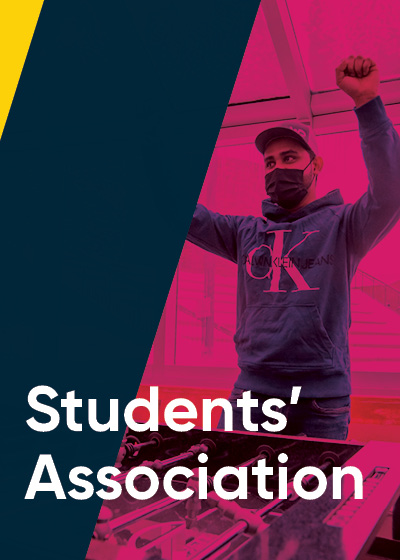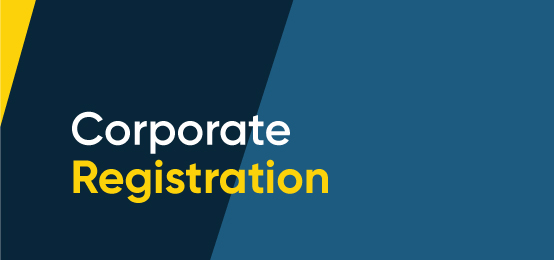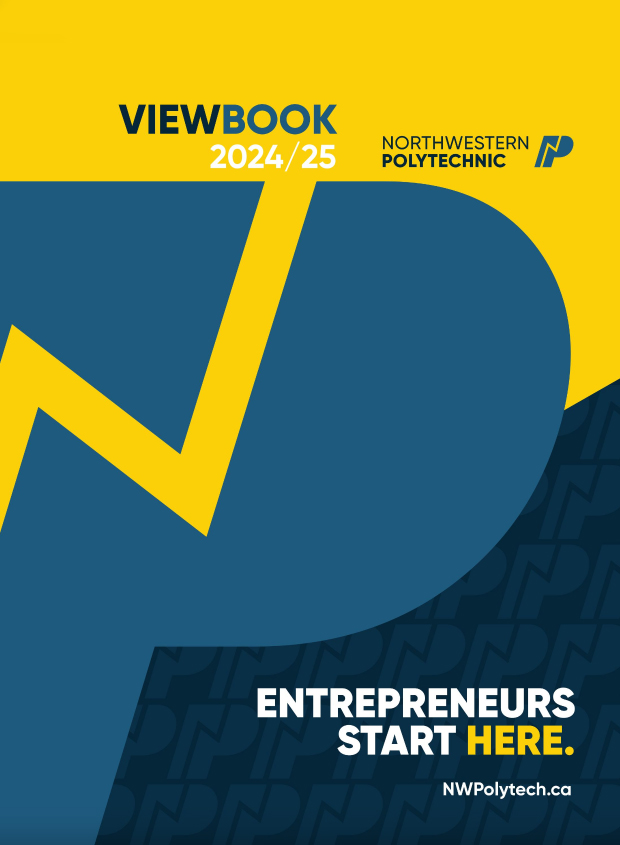Developing Budget 2024/2025
After reviewing this information, we hope you will gain a deeper understanding of where money comes from (revenues), where it is spent (expenses), and why revenues and expenses may change from year to year.
Like many post-secondary institutions, Northwestern Polytechnic develops a three-year rolling budget that is revised annually. We are now planning for year-two of our continuous budget.
As we consider our goals and the future, NWP’s main focus is to support the delivery of NWP’s Strategic Plan, the Master Academic Plan and seamless operations across our campuses.
Planning Timelines
| 2023 | October 23 Business Advisors give budget templates to Core Leadership Team (CLT) members |
October - Early December CLT work through budgets and submit plans to Vice-President by early December |
Mid December Executive Council Review |
| 2024 | January - February Executive and CLT refine budget plans. |
March Budget presented to the Board of Governors for approval |
April 2024-25 Budget Implemented |
Funding Facts
NWP’s Consolidated Budget includes the full amount of restricted and unrestricted money we receive. Put simply, restricted funds include things like research or capital dollars. These items are reserved for a specific purpose and aren’t as flexible as other inputs. The unrestricted funds, or Operating Budget, is where we tend to spend the most time. This is because many important components need to be carefully considered.
In 2023-2024, in addition to the allocations in the Operating Budget, the province provided $11.3 million in funding for the design and construction of a Power Engineering & Instrumentation space on the Grande Prairie Campus. In 2023-2024 NWP will receive $2 million and in 2024-2025 NWP will receive an additional $9.3 million, totalling $11.3 million. The design, build and commissioning of the Power Engineering & Instrumentation facility will likely span three years.
As part of earlier budget processes, the Board of Governors passed a motion to use almost 15% of Reserves, $3.581 million, for capital upgrades and CEE development on the Fairview and Grande Prairie campuses.
Budget Build
As a public polytechnic, we rely on government funding for the majority of our revenue. NWP tuition and fees are the next biggest revenue source. Both streams are integral to our operations, funding salaries and benefits, materials and supplies, and the other costs of running our campuses.
| Grant Name | Description | 2023-24 | 2024-25 (estimate) |
| Base Operating Grant | Operating base funding to fulfill NWP mandate | $37,117,089 | $37,117,089 |
| Post Secondary Mental Health | Supports the expansion and enhancement of mental health services and awareness |
$197,811 | $197,811 |
| Students with Disabilities | Enhances capacity to provide timely services, supports, and accommodations for students with disabilities |
$190,051 | $190,051 |
| Health Workforce Action Plan | To increase access to health credit programs in order to address labour market priorities |
$196,000 | $196,000 |
| Capital Maintenance Renewal (CMR) | Funding to replace building systems and major facility components |
$3,434,804 | $3,434,804 |
| Apprenticeship Learning Grant (ALG) | Per-seat funding for trades-related programming |
$2,331,104 | $2,331,104 |
Full Load Equivalent (FLE) Measures
NWP’s government funding allocation is also influenced by both the indirect and direct costs per FLE (Full Load Equivalent). The FLE is measured by taking the load of the learner enrolled (instructional hours + practicum hours) and dividing by the full load of that program. This results in a comparable metric that is consistent for every institution and program, and can be measured across the system. Below is a summary of NWP’s total costs per FLE during the 2021-22 period as compared with other institutions.

Provincial Investment Management Agreements (IMA)
The Base Operating Grant for Northwestern Polytechnic is $37,117,089. When the province implemented IMAs, a portion of the Base Operating Grant became tied to “performance.” These funds are adjusted in subsequent years if the IMA is not met.
New IMA metrics for the 2023-24 Base Operating Grant focus on the following:
- Work Integrated Learning
- Domestic enrolment
- Graduate outcomes
- Administrative expense ratio
- International enrolment
Each year the IMAs are negotiated, and the potential impact on the Base Operating Grant is also increased.
- 2023-24 Base Operating Grant could be impacted by up to 25%.
- 2024-25 Base Operating Grant could be impacted by up to 40%.
| Base Operating Grant Tied to IMAs | ||
| 100% Base Operating Grant ($37,117,089.00) |
40% of 2023-24 Base Operating Grant ($14,849,836.00) |
25% of 2023-24 Base Operating Grant ($9,279,272.00) |
| Full Grant |
|
| Tied to performance | |
| Tied to performance |
How do we Estimate Budget Changes Each Year?
Each year, the revenues and expenses that make up our budget change. A revenue or expense might change for many different reasons, which we call considerations or pressures.
We begin by considering big-picture factors, such as:
- Provincial and federal finances and funding.
- Trends in the post-secondary sector.
- The polytechnic’s long-term financial health.
- Legislative and other changes (such as carbon tax and collective agreement steps and increases).
Ongoing Ways to Manage Costs
We will continue to reduce energy costs by using Capital Maintenance and Renewal (CMR) funding to modernize newer educational spaces. Over three years, this will include replacing boilers, installing additional LED lighting, upgrading electrical switching, replacing windows, and installing heat recovery in our facilities, especially our trades facilities. We also look forward to the recommendations that will come forward in the Campus Master Plan as we look to use our existing space more efficiently and modernize existing facilities.
Current State: 2023-24 Revenues

Over time, up to 30% of our revenue should come from tuition if we achieve our aspirational goals outlined in the Strategic Plan.
Current State: 2023-24 Expenses
.png)
How do we Plan Our Budget?
We can’t know for certain how our budget will change ahead of time. But by looking at pressures on our revenues and expenses, we can make educated predictions about what will likely happen. We call these assumptions.
We then put all our assumptions together to create a set of planning parameters - a big-picture look at how much money we will likely have in the years ahead. Our parameters also allow us to set budget targets for the future increases or reductions in spending, to get us where we want to be.
The Final Step: Approval
After all these steps are completed, the President, Vice-Presidents, Deans and Directors prepare a budget for their respective departments. The polytechnic prepares a consolidated budget for our annual report to the Government, subject to Board approval. The final budget is approved by the Board of Governors in March 2023 and forwarded to the province.
















